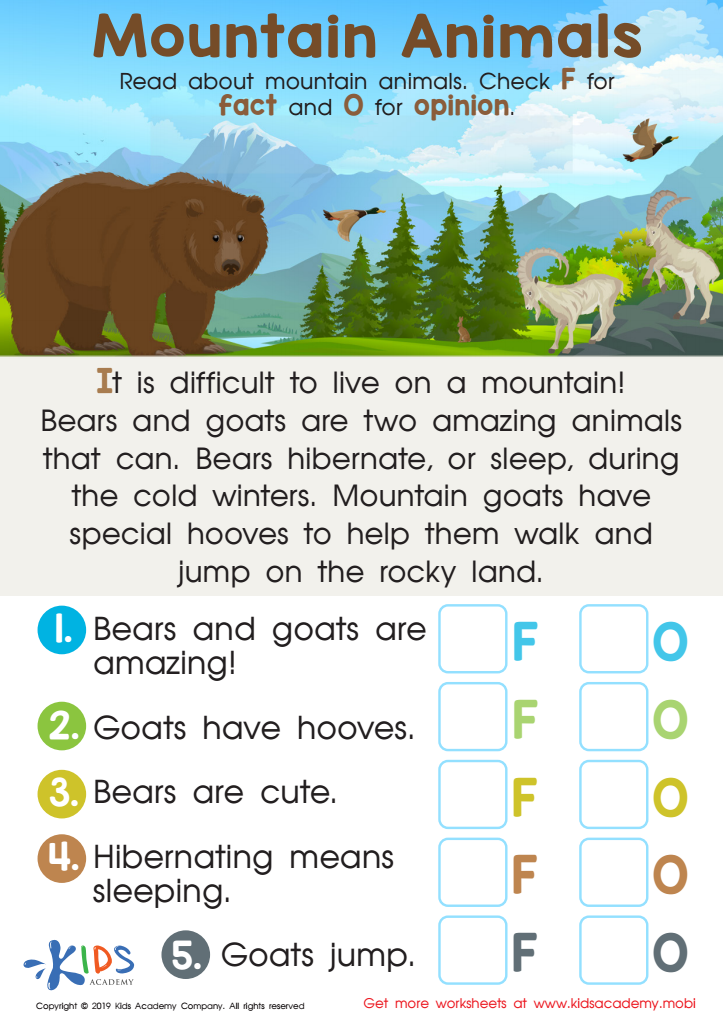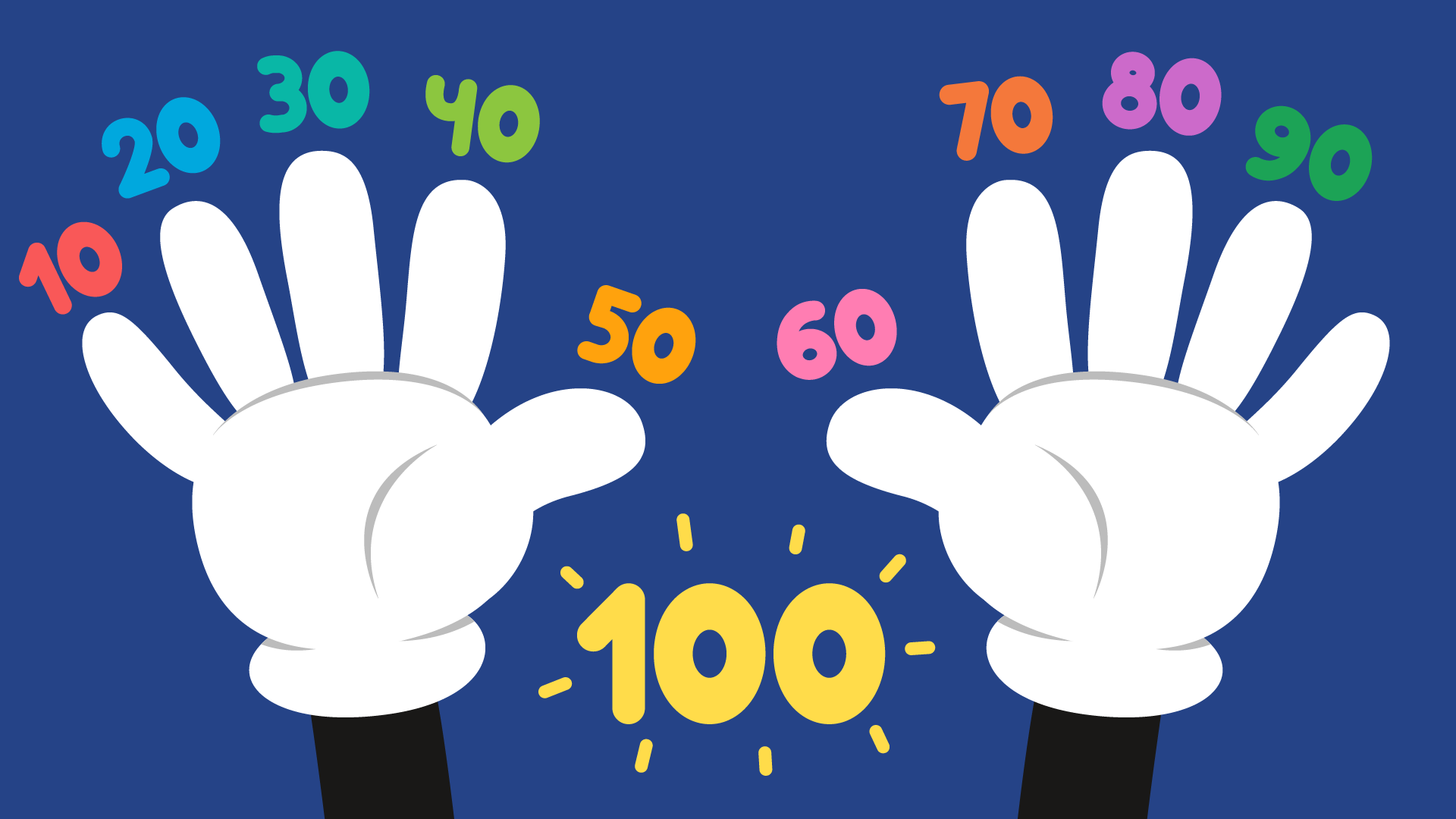Animal identification Reading Worksheets for Ages 7-8
5 filtered results
-
From - To
Discover our engaging Animal Identification Reading Worksheets designed for ages 7-8. These fun and educational resources help young readers enhance their comprehension skills while exploring the fascinating world of animals. Each worksheet features vibrant illustrations, informative passages, and thought-provoking questions to keep children captivated. Ideal for home or classroom use, these worksheets not only build reading proficiency but also foster a love for nature and science. Tailored to support curriculum goals, our animal identification materials make learning an adventurous and enriching experience for kids. Start your wildlife exploration today and watch your child’s reading skills soar!


Skunks Worksheet


Baby Pandas Worksheet


What Am I? Worksheet


Mountain Animals Worksheet


Dogs and Wolves Worksheet
Animal identification reading for children aged 7-8 is fundamental for several reasons. Firstly, it nurtures their cognitive development by enhancing observation skills, critical thinking, and memory. When children learn to identify animals, they engage in comparing, categorizing, and remembering facts, which all contribute to cognitive growth. Secondly, this activity heightens their language and literacy skills. By reading about various animals, children expand their vocabulary, improve comprehension, and develop fluency, which supports overall academic progress.
Moreover, animal identification fosters empathy and environmental stewardship. Understanding animal characteristics and behaviors can lead to an appreciation for wildlife, cultivating a sense of responsibility and a desire to protect the environment. This empathetic bond can motivate children to become informed and active global citizens.
Additionally, animal identification reading skews towards multicultural understanding, presenting opportunities to learn about animals from different regions and the diverse cultures that interact with them. This global awareness is valuable in building well-rounded personalities.
Lastly, it can be an incredibly engaging and enjoyable learning experience. Stories and facts about animals are often captivating and spark curiosity, creating a lifelong love for learning and exploration. Parents and teachers should care about this aspect of education, as it combines fun with critical developmental benefits.
 Assign to My Students
Assign to My Students

















